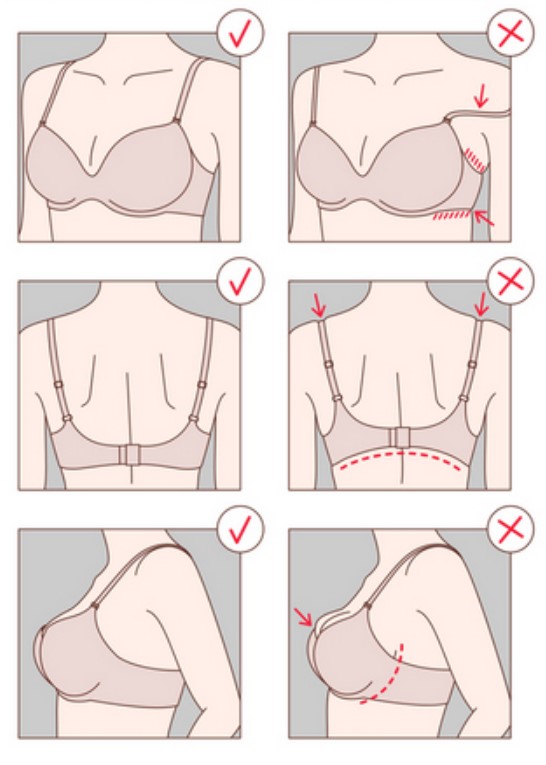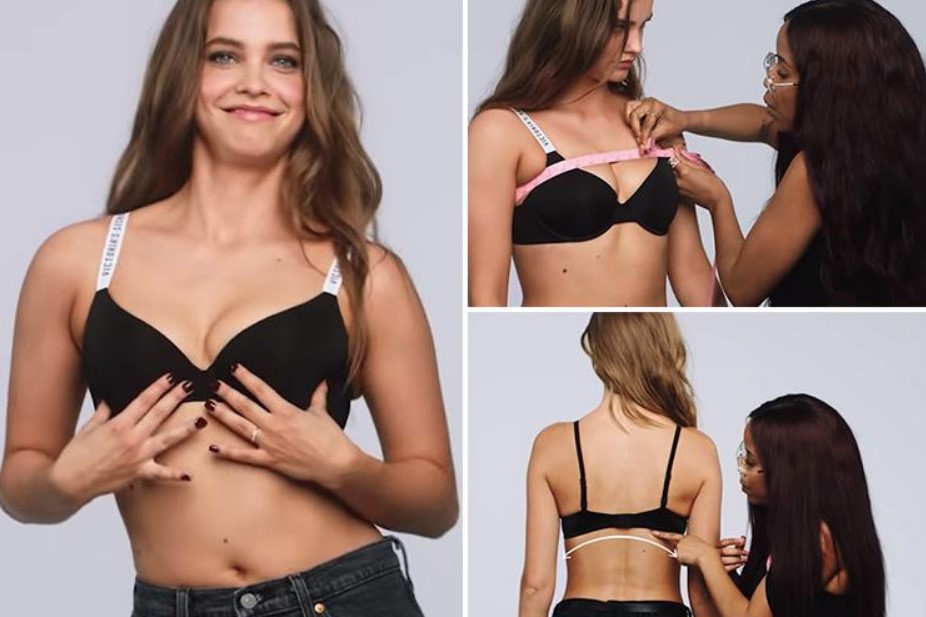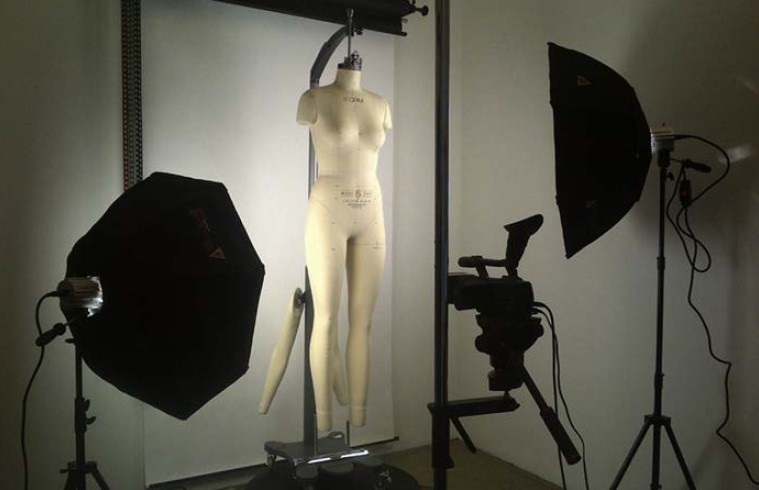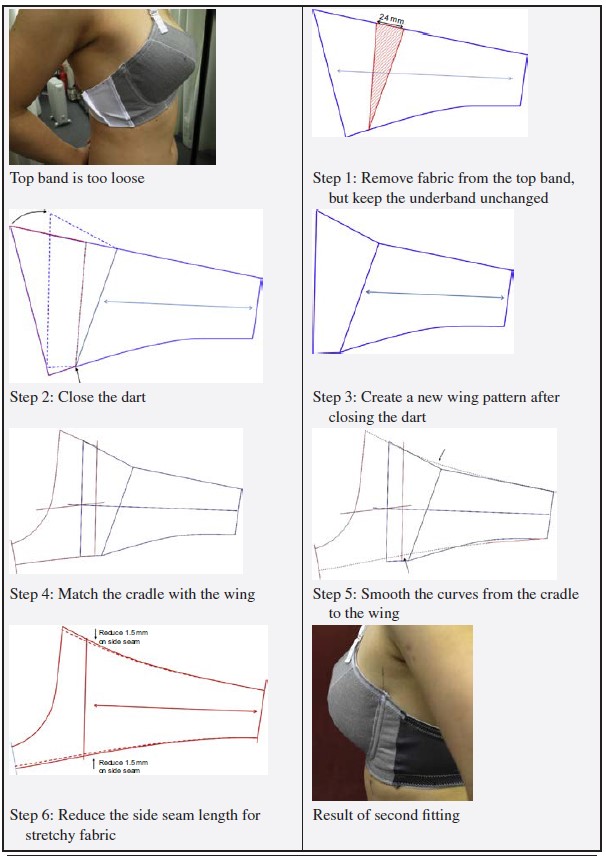
FIT PERFECTION
Mastering Fit Alteration Techniques in the Intimate Apparel Industry
In the world of intimate apparel, a perfect fit is not just a luxury – it’s a necessity. Achieving the perfect fit through accurate fitting tests is a delicate art that demands a keen eye for detail and an understanding of fit alteration techniques. In this article, we delve into the world of fit alteration, exploring how start-ups and entrepreneurs in the intimate apparel industry can navigate the challenges to create bras that fit like a second skin.

Understanding Fit Alteration
Fit alteration is an essential process between subjective sensations and technical precision. After a bra fitting test, the live model’s feedback becomes the base upon which fitting technologists work their magic. If a rejection is rooted in workmanship, patterns might remain unaltered. However, when faced with an “approval with correction” verdict, it’s crucial to first thoroughly analyse the fitting issue before planning how to adjust materials, grainline, or patterns.

Types of Pattern Alteration
Fit alteration in intimate apparel can be broadly categorized into three types: constructional change, non-constructional change, and minor change:
- Constructional Change: This type of alteration involves modifications to critical areas such as the gore and bottom cup base. Even seemingly minor adjustments, like removing a mere 2 mm of fabric, can significantly impact other parts of the bra’s fit. To fine-tune fit and shaping effects, more fitting tests are often required after constructional changes are made.
- Non-Constructional Change: Here, alterations are made to style lines, cup darts, or other elements that don’t impact the overall fit significantly. These changes, like modifying necklines or wing patterns, can be executed with a high success rate. In some cases, a single alteration can lead to sample approval or require just one additional fitting test.
- Minor Change: This category covers rectifying issues arising from minor errors, like fabric layer mismatches. For instance, if the top and bottom fabric layers don’t align, a simple adjustment to the pattern length can resolve the problem effectively.
Illustrative Examples
Constructional Change:
Imagine a fit issue where “the wire does not match the breast root.” The root cause could be inadequate volume in the bottom cup. The solution involves increasing the bottom cup volume by incorporating more curvature to the bottom cup seam. This alteration not only rectifies the immediate issue but also improves overall fit and comfort.

Non-Constructional Change:
Consider the challenge of “a gap on the top band.” This problem often arises from a loose top band. The solution entails reducing the length of the top band by a specific measurement. This alteration brings the top band snugly in place, enhancing both fit and aesthetics.

Making changes to the fit of a garment is crucial for fixing fit problems. Whether it’s tweaking important sections or fixing small differences, these changes enhance the comfort and style of the end product. Alongside understanding fit alterations, having knowledge with proper fitting tests and fitting checklists is fundamental. As the industry progresses, becoming skilled in these techniques are essential for creating intimate apparel that perfectly combines both form and function.
